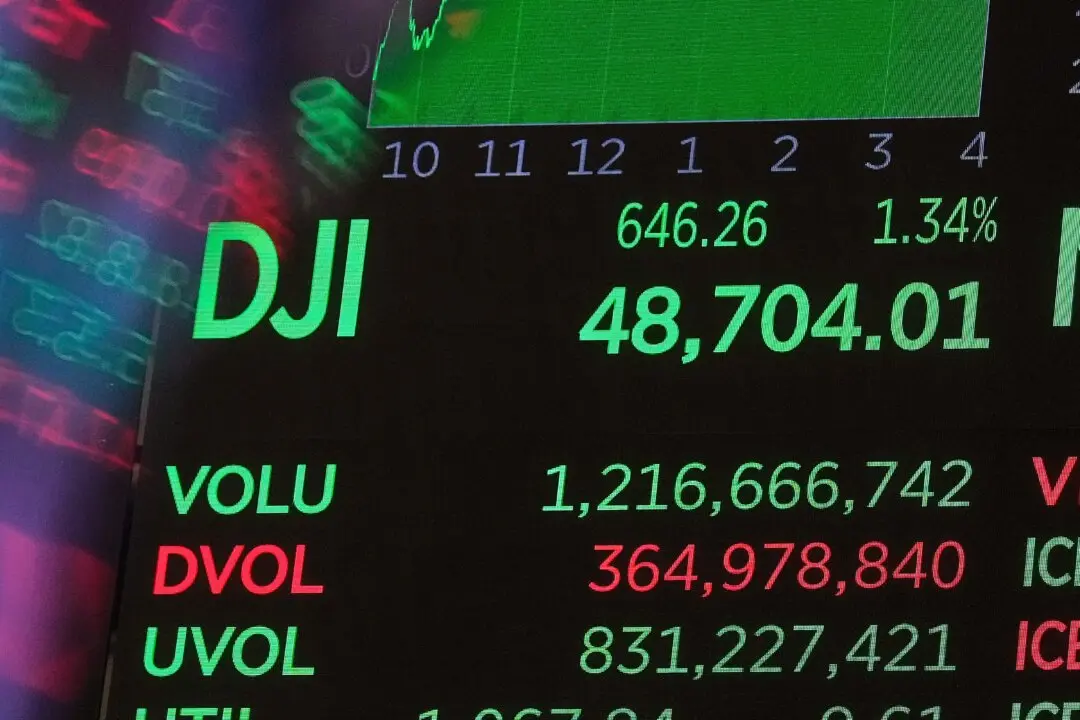A choppy day of trading on Wall Street ended Friday with slight gains for stocks, as the market notched its second straight winning week.
The market got a boost early on from a closely watched government report that showed U.S. job growth increased at a healthy, but more moderate pace last month. The report supports investors’ hopes that the Federal Reserve will hold off on raising interest rates again in its bid to lower inflation.





